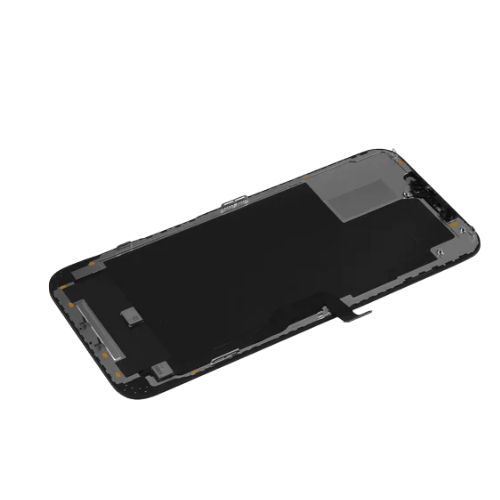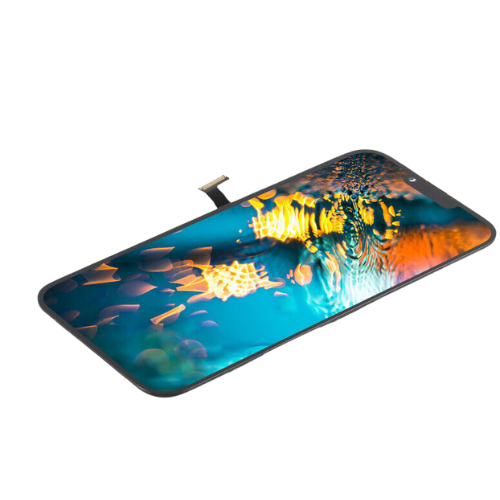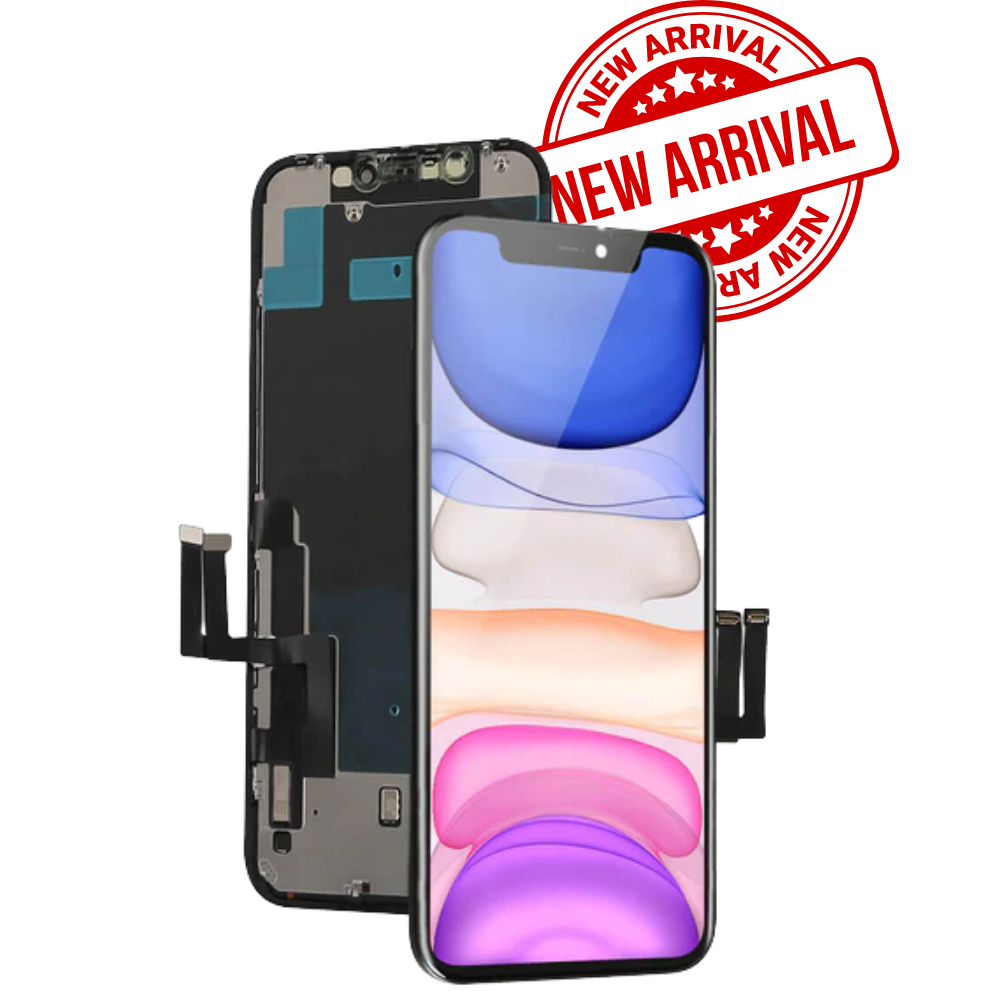Obrys:
1. Přehled trhu: Poptávka a konkurenční prostředí
- The role of LCD screens in smartphone repair.
- Market trends and growth projections.
- Key characteristics of the LCD screen supply chain.
2. Kanály zadávání veřejných zakázek: Vyvážení online a offline sourcingu
- Offline Channels:
- Direct factory sourcing and traditional markets.
- Risks and advantages of on-site inspections.
- Online Platforms:
- Key platforms (Alibaba, Global Sources, Made-in-China, atd.).
- Verification of supplier reliability.
- Distributors and Agents:
- Pros and cons of working with intermediaries.
- Identifying authorized dealers.
3. Kontrola kvality: 5 Klíčové kroky, aby se zabránilo nástrahám
- Vizuální kontrola: Detecting manufacturing defects.
- Functionality Testing: Touch sensitivity and color accuracy.
- Compatibility Verification: Ensuring full integration with target devices.
- Certifications & Záruka: Importance of RoHS and QC reports.
- Reliability Testing: Stress tests for durability.
4. Cost Optimization Strategies Beyond Price Negotiation
- Tiered Pricing Negotiations: Bulk discounts and rebate agreements.
- Logistics and Import Duties: Reducing shipping and customs costs.
- Inventory Turnover Management: Aligning procurement with demand.
5. Industry Trends and Future Insights
- Emerging Technologies: The rise of flexible LCD screens.
- Environmental Compliance: Regulations impacting supply chains.
- Digital Procurement: AI-driven demand forecasting.
1. Přehled trhu: Poptávka a konkurenční prostředí
With the widespread adoption of smartphones, the demand for repair components has surged, making LCD screens one of the most frequently replaced parts. Despite the increasing use of OLED displays in mid-to-high-end devices, LCD screens remain dominant in entry-level and mid-range smartphones.
According to industry reports, the global smartphone LCD screen market reached $4.7 billion in 2023, with an estimated annual growth rate of 3% over the next five years.
Key characteristics of the LCD screen supply chain:
- Regional Concentration: Manufacturing hubs like Shenzhen and Dongguan in China dominate global LCD screen production.
- Pricing Transparency: Intense competition has led to standardized pricing, though quality inconsistencies remain a major concern.
- Rapid Technological Evolution: Some manufacturers are developing higher refresh rate and lower power consumption LCDs, making compatibility checks crucial.
2. Kanály zadávání veřejných zakázek: Vyvážení online a offline sourcingu
1. Offline Channels: Traditional Markets & Direct Factory Sourcing
Výhody:
- Allows for on-site inspections and direct quality verification.
- Builds long-term supplier relationships.
- Better negotiation leverage for bulk purchases.
Risks:
- Potential for counterfeit, refurbished, or assembled screens being sold as original.
- Requires initial investment in factory visits.
Recommended Approach:
- Conduct factory visits to verify production capabilities.
- Check if suppliers categorize screens into grades (A+, A, B, atd.).
2. Online Platforms: B2B Marketplaces & Cross-Border E-commerce
Main Platforms:
- Alibaba International, Global Sources, Made-in-China
Key Considerations:
- Check supplier transaction history and ratings.
- Prefer vendors labeled as “Gold Supplier” or verified businesses.
- Request technical specification reports (např., resolution, jas, touch IC model).
- Order sample screens before committing to bulk purchases.
3. Distributors & Resellers
- Ideal for smaller businesses that need lower minimum order quantities.
- Higher pricing due to middlemen margins (typically 5%-15% markup).
Caution: Ensure the distributor has brand authorization to avoid purchasing unauthorized white-label products.
3. Kontrola kvality: 5 Klíčové kroky, aby se zabránilo nástrahám
- Vizuální kontrola:
- Check for glue residue along the edges (a sign of refurbished screens).
- Ensure uniform backlight with no dark spots or leaks.
- Functionality Testing:
- Use professional tools like a 3D Touch tester to verify sensitivity.
- Confirm accurate color reproduction and avoid temperature discrepancies.
- Compatibility Verification:
- Ensure screen-to-motherboard compatibility, including connector alignment.
- Some manufacturers modify driver ICs, requiring additional firmware checks.
- Certifications & Záruka:
- Request RoHS certification (environmental compliance) a QC reports.
- Define warranty terms (typically 3-6 months) in contracts.
- Reliability Testing:
- Conduct high-temperature/high-humidity aging tests (např., 85°C/85% humidity for 48 hours).
4. Cost Optimization Strategies Beyond Price Negotiation
- Bulk Order Discounts:
- 500+ units: Target a 5%-8% discount.
- 1000+ units: Negotiate 10%-12% vypnuto.
- Establish quarterly rebate agreements for long-term partnerships.
- Shipping & Customs Optimization:
- Použití sea freight consolidation for medium-volume shipments.
- Prioritize dedicated logistics services (např., DHL, FedEx special rates).
- Leverage free trade zone policies to minimize import duties.
- Smart Inventory Management:
- Adjust procurement volumes based on market demand (např., iPhone 11 and Samsung A-series still have high repair demand).
5. Industry Trends and Future Insights
- Flexible LCD Screens: Some manufacturers are investing in bendable LCD technology.
- Sustainability Regulations: The EU’s Battery Regulation Act and similar policies may impact supply chains.
- AI-Powered Procurement: AI-based analytics can help forecast demand and price fluctuations.
Závěr
Wholesale procurement of smartphone LCD screens is a blend of technical expertise and strategic sourcing. Selecting reliable suppliers, enforcing strict quality control measures, and optimizing costs are key to maintaining a competitive edge. Whether you’re new to the industry or an experienced player, staying updated on market trends and technological advancements is crucial for long-term success.
Frequently Asked Questions (Časté časté)
- How can I verify if an LCD screen is original?
- Check for consistent branding, certifications, and request manufacturer verification.
- What is the ideal warranty period for LCD screens?
- Industry standard is 3-6 months; ensure it’s documented in contracts.
- Are refurbished LCD screens reliable?
- Some high-quality refurbished screens exist, but they should be clearly labeled and tested thoroughly.
- How do I reduce shipping costs for bulk LCD screen orders?
- Consider consolidated shipping, use free trade zones, and opt for direct factory shipments.
- What is the best way to avoid counterfeit screens?
- Work with verified suppliers, request QC reports, and perform sample testing before mass purchases.





